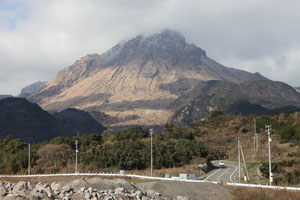
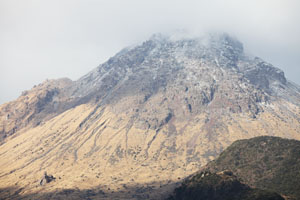
Unzen viewed from Kita-Kamikoba
Closer view, revealing dome structure
 |
 |
Unzen viewed from Kita-Kamikoba |
Closer view, revealing dome structure |
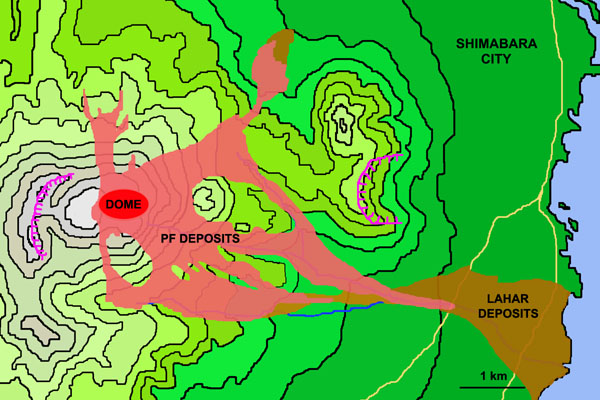 |
|
Sketch map showing cumulative extent of pyroclastic flow (PF) and Lahar (Debris Flow) deposits from 1990-95 eruption. |
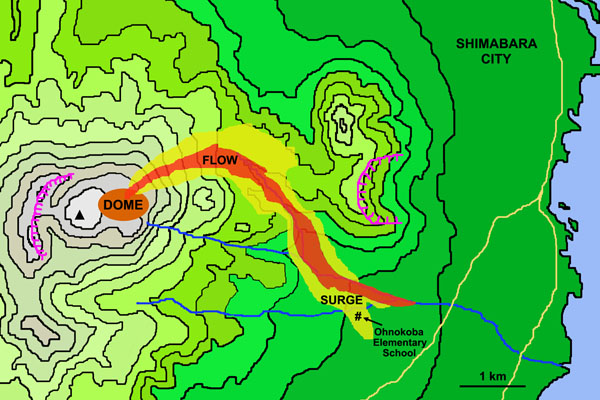 |
|
Sketch map showing extent of 15 September 1991 Pyroclastic flow and surge. Location of burnt Elementary School is indicated. |
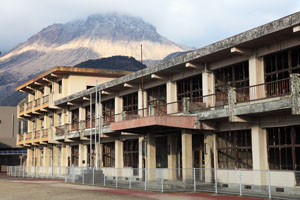 |
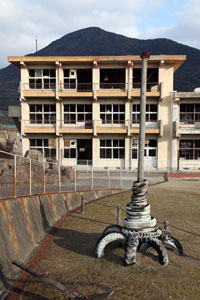 |
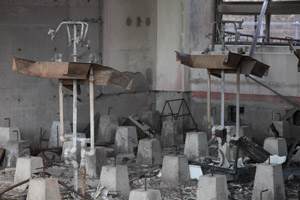 |
|
Burnt shell of Ohnokoba Elementary School |
School and burnt playground feature |
Remains of burnt out science (?) classroom |
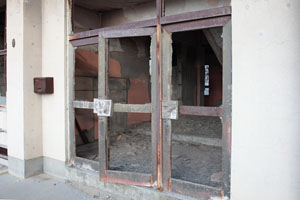 |
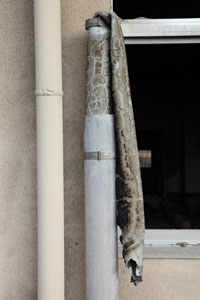 |
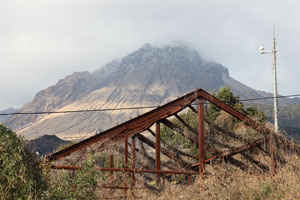 |
|
Burnt entrance of Ohnokoba Elementary School |
Vinyl drainpipe melted by surge and following fires |
Frame of building burnt by surges in Kita-Kamikoba area |
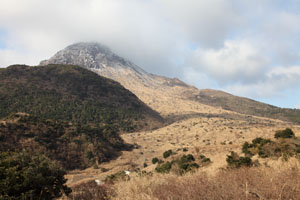 |
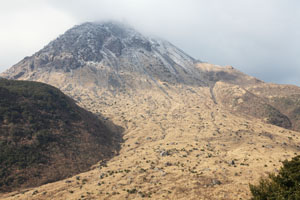 |
|
Oshigadani valley and its gorge which connects it to Mizunashi River (bottom left) |
Looking westwards over Oshigadani valley |
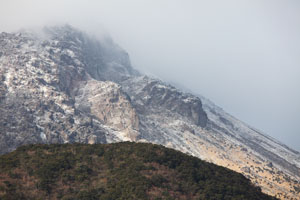 |
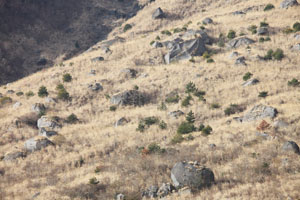 |
|
Remains of two large extrusion lobes |
Boulders on dome talus slope in Oshigadani valley |
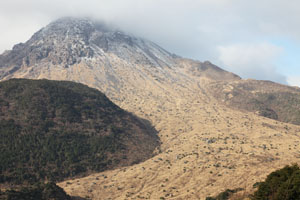 |
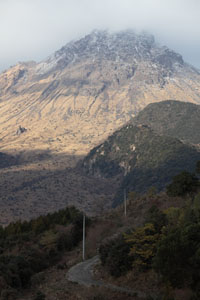 |
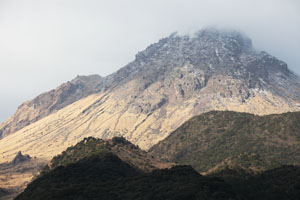 |
|
Mt Fugen / Heisei-Shinzan Peak |
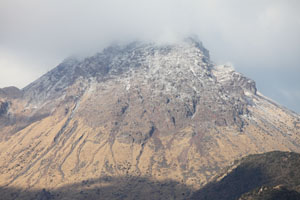 |
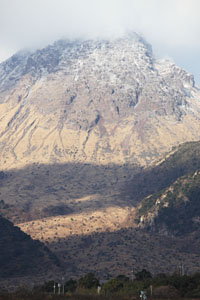 |
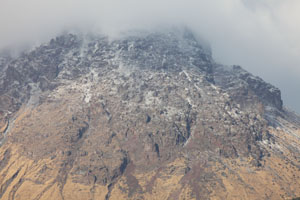 |
|
Mt Fugen Heizei-Shinzan dome complex |
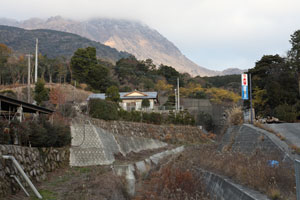 |
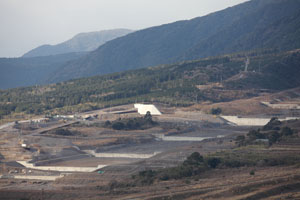 |
|
Sabo channels for erosion control |
Series of Sabo dams, Mizunashi River |
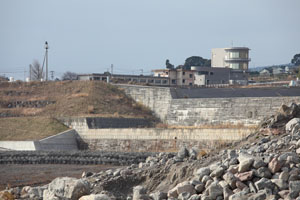 |
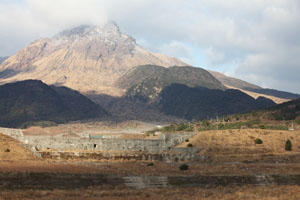 |
|
Sabo dams with school and observatory behind |
Series of Sabo dams, Mizunashi River |
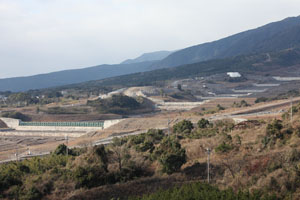 |
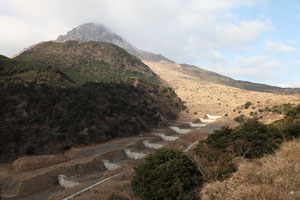 |
|
Series of Sabo dams (slit dam at left side), Mizunashi River |
Series of Sabo dams (stepped check dams) in Oshigadani River gorge |